Why did the Cossacks leave a forelock on a shaved head
Forelock, or as it is also called oseledets — an indispensable attribute of the Zaporozhye Cossack. In paintings, films and even cartoons, we almost always see them with a cradle tube, a saber, an earring and this hairstyle. But how did the custom of shaving your head and leaving one long strand on top of your head come about? There are several versions about this.
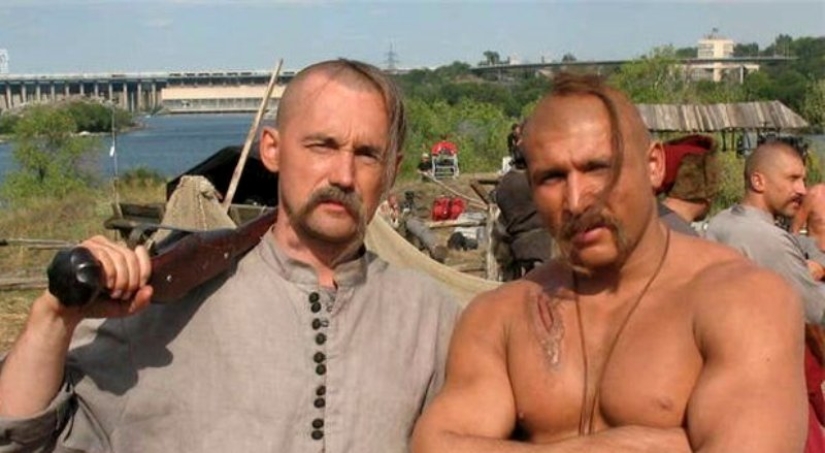
Some scientists believe that the custom of wearing a forelock appeared in Russia long before the first Cossacks appeared. There is an assumption that even before the advent of Christianity, such a hairstyle was considered a sign of a noble person. The Kievan warrior prince Svyatoslav, who lived in the 10th century, is usually depicted with an oseledets.
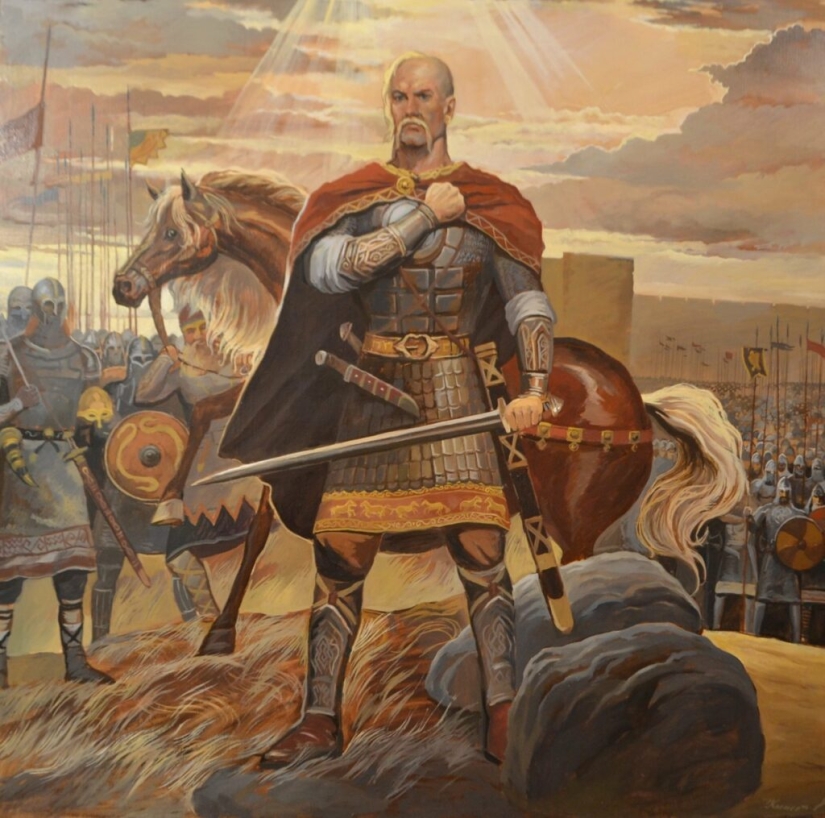
However, only one source speaks about the prince's forelock — the manuscript of Leo the Deacon, who served as a historian at the court of the Byzantine monarchs. The scientist described the appearance of Svyatoslav during his meeting with the Emperor of Byzantium Tzimiskes. Leo the Deacon was personally present at the conversation, so it is quite possible to believe him.
The Greek informed his descendants that Svyatoslav Igorevich arrived at the meeting place on a Scythian-type boat. He was of medium height, blue-eyed, with a flat nose and thick eyebrows. The prince had a small beard and a long drooping mustache, as well as a shaved head with only one long strand. The same decoration was worn by several companions of Svyatoslav, who belonged to the Kiev aristocracy.

In the prince's ear was a massive gold earring with two pearls and a carbuncle. Judging by the description, Lev the Deacon saw a real Cossack in front of him. And this is despite the fact that there were still a good 5 centuries before the appearance of this estate. The author of the manuscript was clearly impressed by the appearance of the guest, who does not look like bearded Byzantines dressed in dresses. Thanks to the works of a foreign historian, an assumption was made about the ancient tradition of Ukrainian soldiers and aristocrats to wear forelocks.
The second version of the origin of the forelock was left to us by the Poles. From their chronicles it is clearly seen that in the 16th and 17th centuries the forelock was considered a native Sarmatian heritage. Many nobles considered themselves descendants of this ancient people, so they were happy to wear forelocks, like the Cossacks. It is interesting, but at that time the Sarmatians were for some reason counted among the Germanic peoples. Thus, considering themselves Sarmatians, the noble Poles seemed to separate themselves from the Slavic rabble.
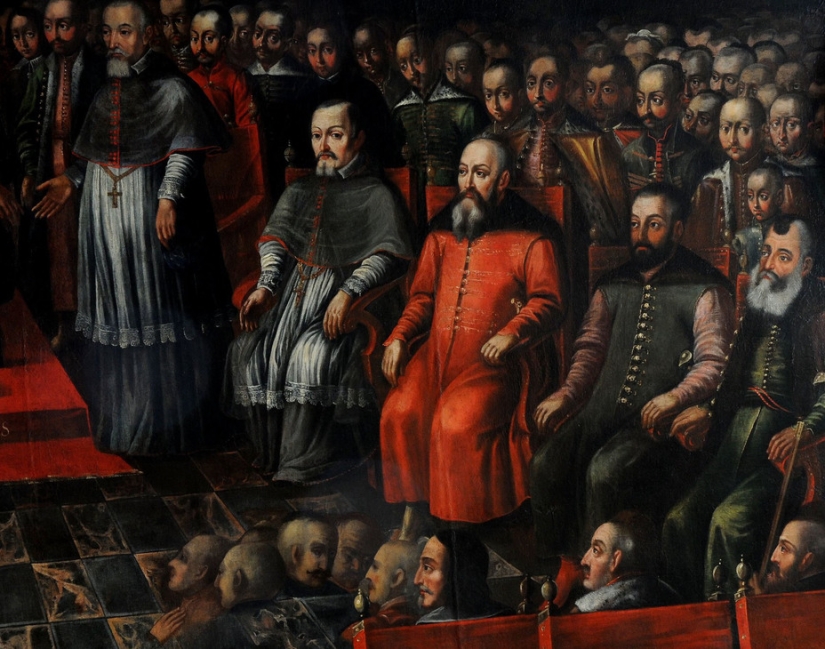
In Poland and Lithuania in the late Middle Ages there was generally a fashion for the Sarmatian style. The nobility held in high esteem clothes, armor and weapons in the Sarmatian style. At least, this was the opinion of the Poles and Litvins themselves, who knew almost nothing about the Sarmatians at that time. Archaeologists of the 19th and 20th centuries told us about the life, customs and art of this people.
The Cossacks themselves had several options of their own about the forelock. One of them says that only experienced Cossacks who had been in battle could wear an oseledets. Thus, in a crowd of Cossacks, it was easy to distinguish a seminarian, a chumak or a grain grower from the military elite.
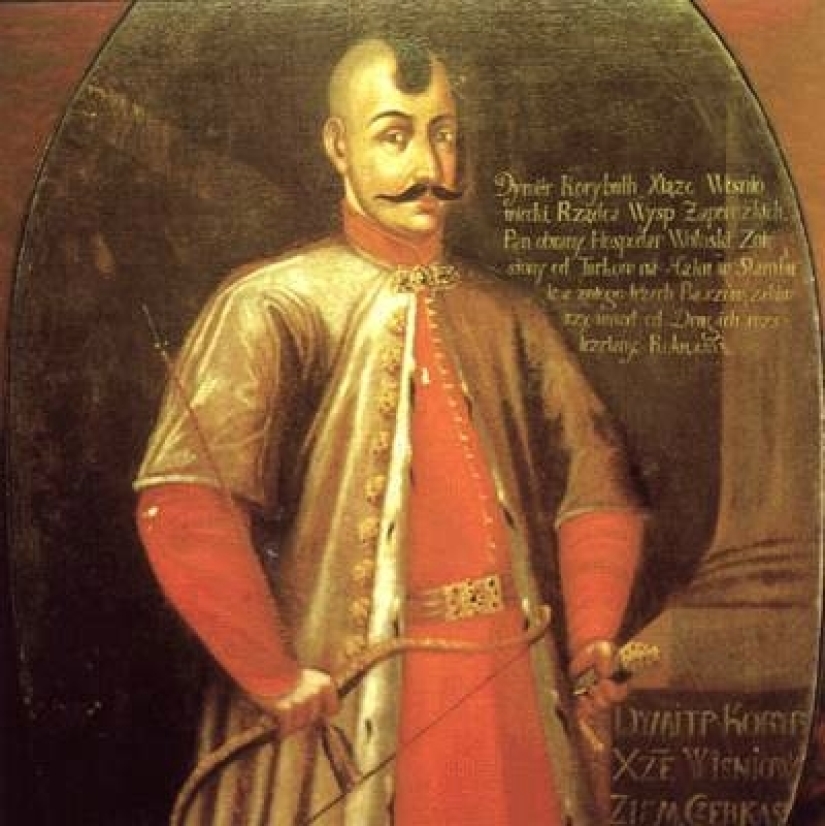
There is also a mystical version. Once the Cossacks believed that there was a place in hell for their way of life after death. But since they were defenders of the Orthodox faith from the basurmans and Catholics, the Lord saved them from eternal torment. The Almighty could pull a Cossack out of hell precisely for his magnificent forelock.
Some people prefer the cruel explanation of the hairstyle. According to one hypothesis, the Cossacks adopted the forelock from the Tatars. Those made quite distant raids, during which there were losses. It was not easy to mess with the body during the campaign, and I wanted to bury the warrior at home.
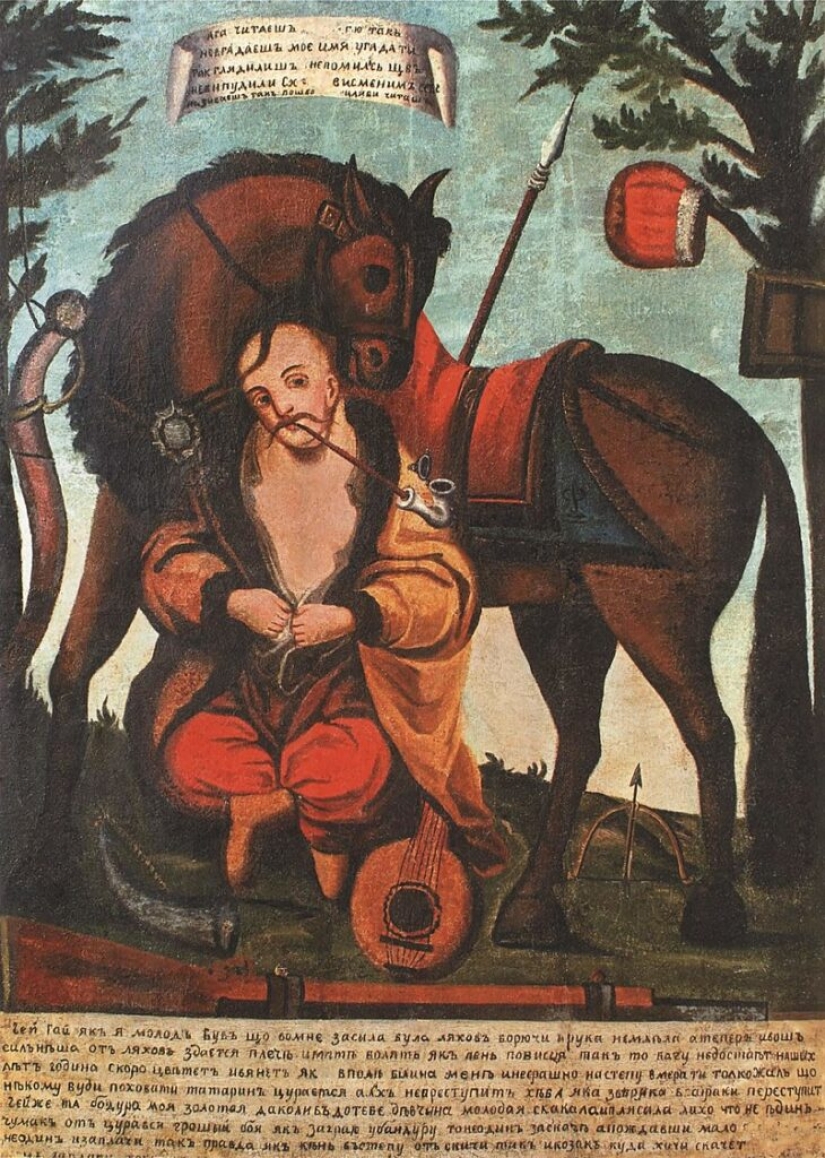
Therefore, the head was separated from the body of the deceased and tied to the saddle of the twin near the hiking bags. With such a terrible baggage, a Tatar warrior could travel for months, and in the meantime the head was mummified. Some are sure that the Cossacks, who also went very far with the battles, adopted this creepy, but practical way.
Recent articles

American artist Lee Price is sure that eating is a completely natural process, but many are ashamed of their attitude to food, ...

There is an unusual exhibit at the National Museum of Natural History in Washington. This is the skeleton of a man, on whose chest ...

A series of works by photographer Brian VILS from new York, dedicated to girls, sheltered the homeless and abandoned cats. 'brien ...